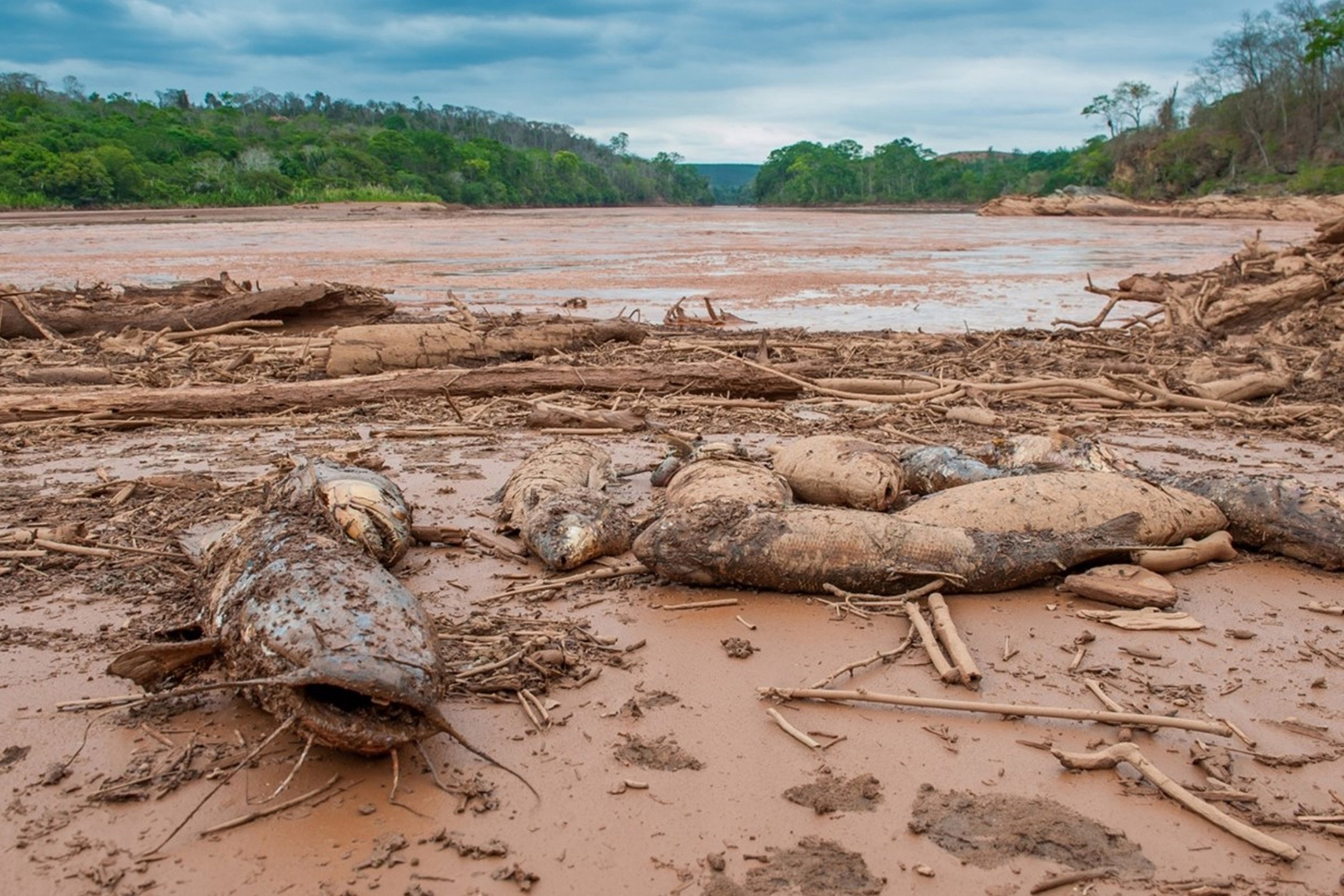A study reports ongoing severe impacts eight years after Brazil’s Fundão dam collapse, criticizing slow recovery efforts and highlighting risks from other unsafe dams.
Eight years after the Fundão tailings dam collapse in Mariana, Minas Gerais, Brazil, researchers continue to emphasize the ongoing environmental and social devastation resulting from the disaster.
A paper published in the open-access journal Nature Conservation underscores the persistent and growing impacts of the collapse, which ranks as one of the world’s most significant environmental tragedies.
Caused by the Samarco mining company, the 2015 collapse released approximately 50 million cubic meters of toxic mud, burying the village of Bento Rodrigues and severely contaminating over 600 kilometers of river channels and coastal habitats. More than 1 million people across 35 cities were affected, leading to 19 deaths, widespread health issues, and the displacement of hundreds of residents.
Researchers reveal that the environmental damage has only intensified over the years. High levels of heavy metals continue to threaten human and wildlife health, with significant bioaccumulation observed in endangered DOI: 10.3897/natureconservation.56.133441











/https://tf-cmsv2-smithsonianmag-media.s3.amazonaws.com/filer_public/34/31/3431771d-41e2-4f97-aed2-c5f1df5295da/gettyimages-1441066266_web.jpg)








Discussion about this post